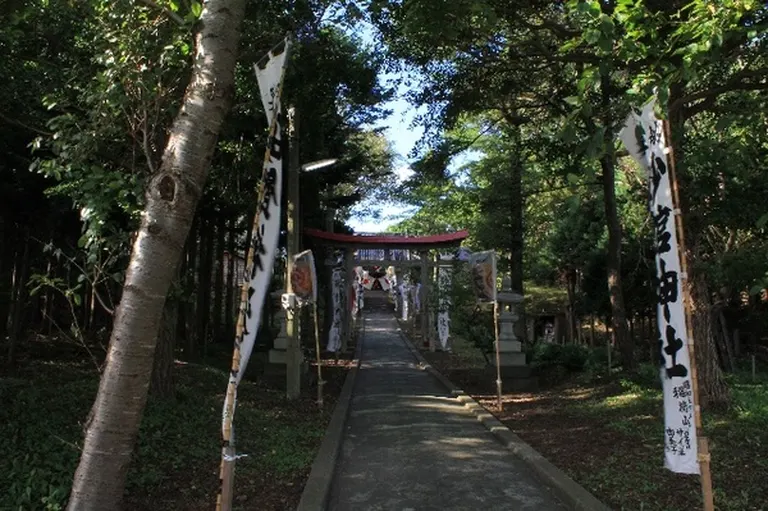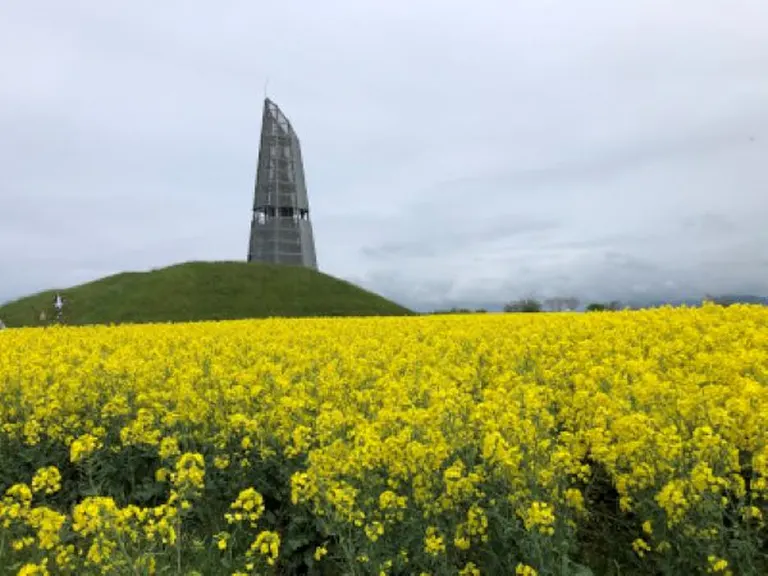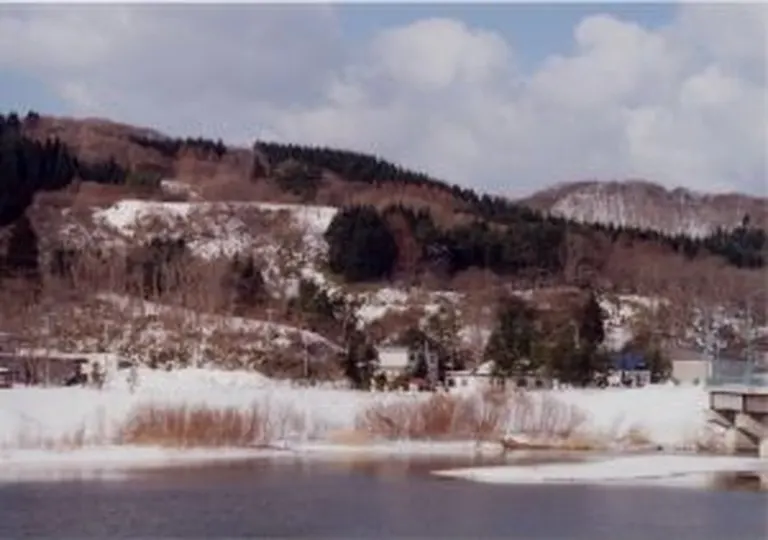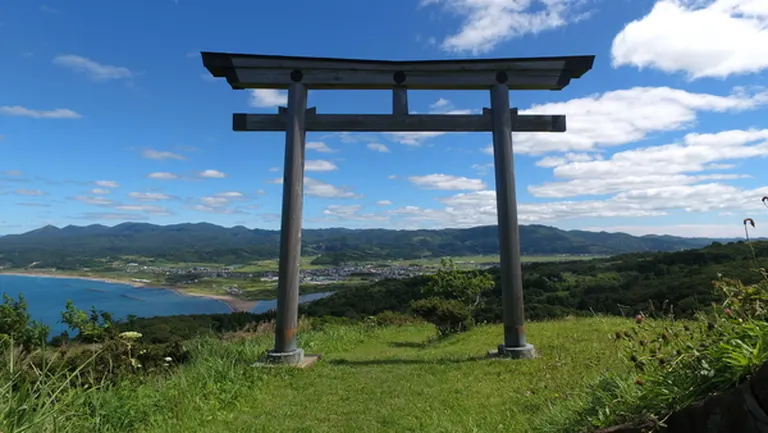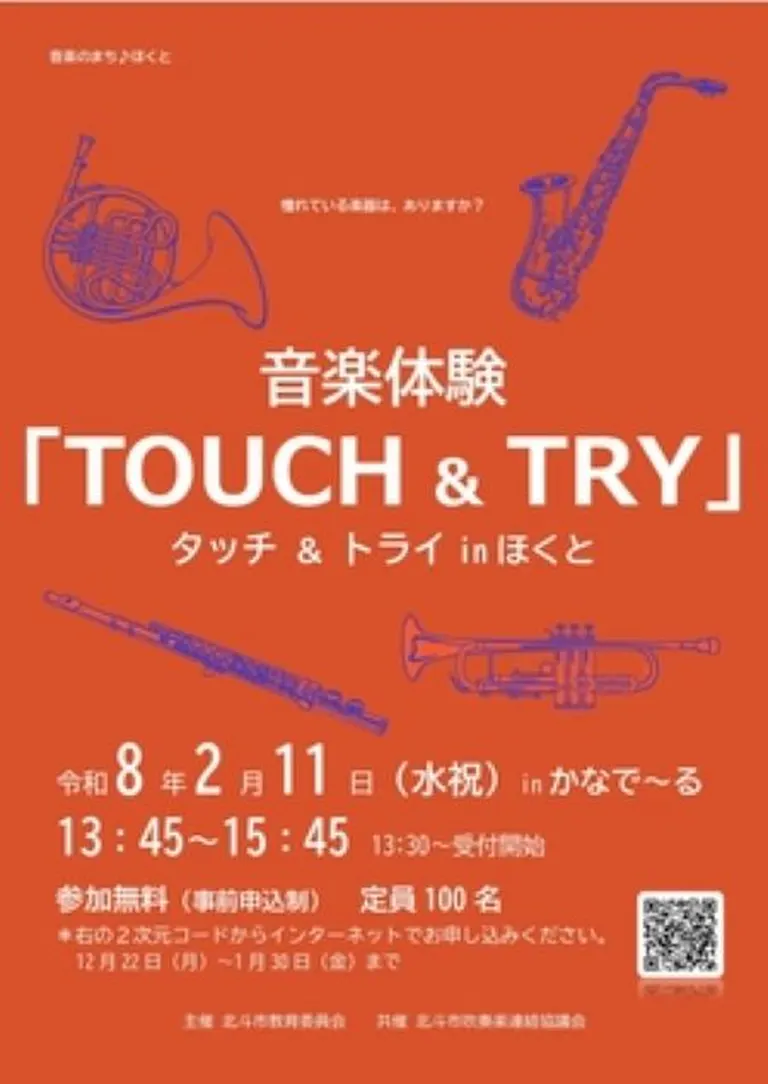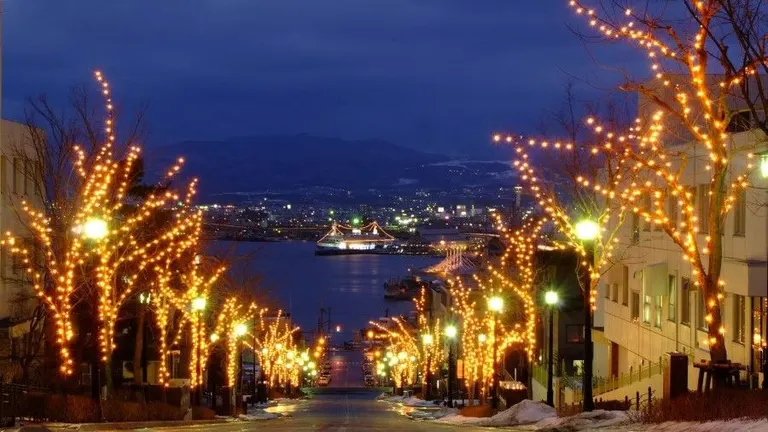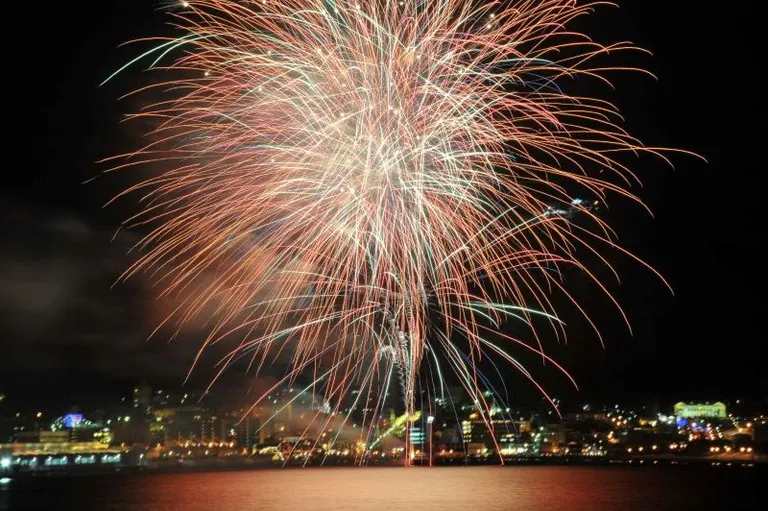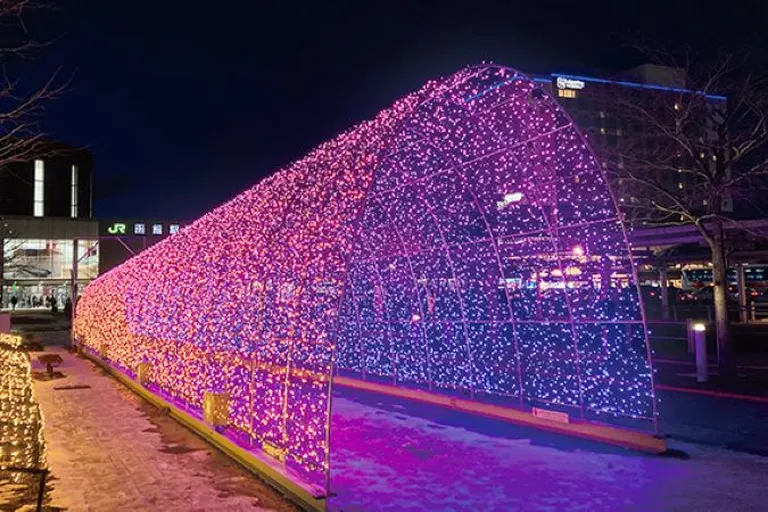SPOT
Suzakikan Ruins (National Historic Site)
The Shinra no Kiroku, the oldest record of the main road, records that Takeda Nobuhiro, who was successful in the Battle of Koshamain in 1457, took the daughter of Ando Masasue, the adopted daughter of Kaminokuni Governor Kakisaki Sue Shigeru, as his wife and built this mansion that same year.
The "Fukuyama Hifu," a record of the Matsumae domain, also states that Nobuhiro performed the "Kenkoku no Tairei" (Great Reverence of the Founding of the State) at this time. Nobuhiro then built Katsuyama-kan at the foot of Mt.
Since about 1955, 2,500 coins, celadon, white porcelain, etc. have been collected. Recently, part of the site has been excavated, and remains of 14th- and 15th-century ceramics, such as a ground bowl of Suzu ware, celadon, and white porcelain, as well as pillar holes of buildings, etc., have been discovered. However, artifacts and remains on the sand dune, which is considered to be the main part of the mansion, were scarce, and were found mainly in the lowland area along the old Mena River and around the entrance to the Sunatate Shrine. In the Kaminokuni area, there are two periods of buildings and other remains, and ceramics from the 14th century were also discovered.
In addition, a large amount of rubbed earthenware from the 10th century, Sue ware from Goshogawara, Aomori, and earthenware from Honshu have also been discovered. These discoveries suggest that a settlement had been built on the land near the mouth of the Amanogawa River in the 10th century, and that a local power, which used the area as a trading center, had existed there before the Battle of Koshamain. It is necessary to conduct a full-scale excavation in the future to clarify the entire structure of the pavilion.
Location
Katsuyama, Kaminokuni-cho, Hiyama-gun, Hokkaido 049-0601, Japan
The information is current as of June 2022.
Please check the official website for details.



